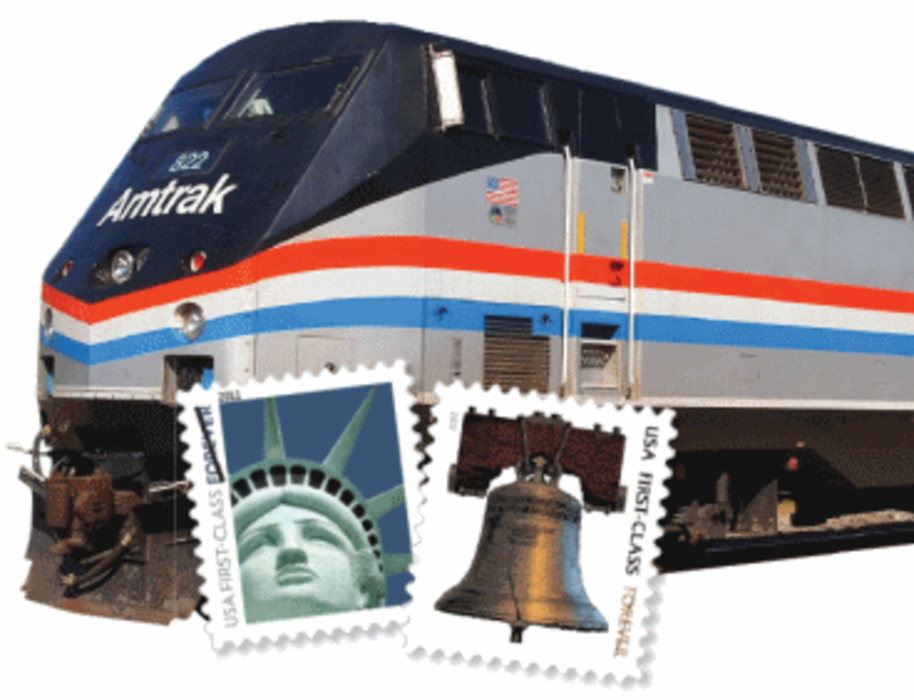Concerning the future of the U.S. Postal Service (USPS), one thing is abundantly clear: It is going to change, sooner rather than later, and in significant fashion.
“The postal service is a dinosaur,” Postal Regulatory Commission (PRC) General Counsel Stephen Sharfman told marketers at the recent Direct Marketing Association 2013 DMA in DC Conference. “It’s still roaming the earth, but the question is how long it will continue to do so and what role it will play.”
Sharfman pinpointed three issues that direct mailers need to keep an eye on in the coming 18 months:
Rate hike on the horizon?
USPS defaulted on its $6 billion pre-payment for employee pension benefits and is losing an estimated $25 million a day. Postmaster General Patrick Donahoe has been dogged in slashing costs by closing processing facilities and post offices and proposing the end of Saturday mail delivery—a measure rejected this past March by the U.S. Government Accountability Office (GAO).
These and other operational measures, which the USPS estimates will total roughly $9 billion of annual savings, won’t be enough. The Postal Service has used up its $15 billion statutory borrowing capacity, and little hope exists for a stalled Congress to renew its funding with new legislation. The USPS has pricing latitude, but it has for years stayed with scheduled rate increases in line with the Consumer Price Index. That may soon change. “Maybe mailers will be asked to pay a little more money,” Sharfman predicted.
Ill side-effects of cures
When USPS first planned to shutter thousands of post offices, the PRC advised it to reconsider. Instead, the agency reduced hours at many locations—especially in rural areas highly dependent on its services—resulting in an estimated $500 million in savings. Last year it completed the first phase of a shutdown of several processing plants with a promise to PRC that it would wait a year to assess the fallout before beginning the second phase.
But with little hope of budgetary relief from Congress, the Postal Service intends to roll out this second phase immediately. This may not be ideal. Without analyzing the first phase, “they will be unable to realistically quantify the savings they might generate,” Sharfman observed. “The transportation links change and the reliability of postal service could be affected.”
The Saturday situation
Eliminating Saturday mail delivery could save USPS $1.5 billion a year, but it won’t happen by executive fiat. In February Donahoe announced that Saturdays would be dropped in August and said his lawyers advised him he had the authority to make it happen. The two leading letter carrier unions and several members of Congress disagreed. On March 21 the GAO declared that the provision that requires the USPS to abide by six-day delivery at 1983 levels continues to apply to the agency. The USPS issued a statement noting it “strongly disagrees” with this finding. Additionally, some members of Congress, like Rep. Darrell Issa (R-CA) and Sen. Tom Coburn (R-OK), continue to publically support the USPS’s five-day plan (both Issa and Coburn wrote a letter affirming such, after the GAO’s statement).
One way or another, direct mailers will have to get used to the notion of a scaled down Postal Service. “It is going to shrink, it has to shrink,” Sharfman concluded. “As a model, what comes to mind is passenger rail service. It’s preserved by Congress, important to some, but certainly not as important as it used to be.”








